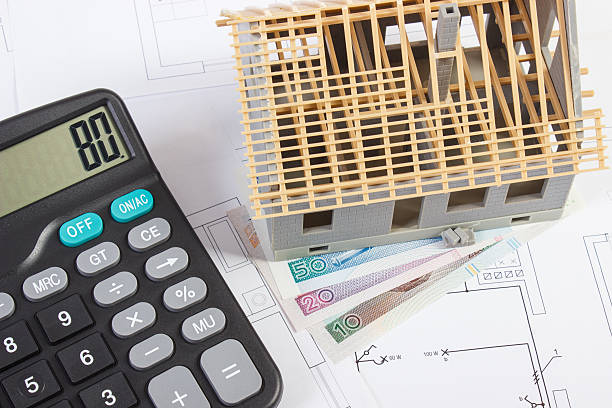Land to Building Ratio Calculator
Land to Building Ratio Calculator
This Land to Building Ratio Calculator helps to calculate Land to Building Ratio. For doing so, Enter the total square footage of the land parcel and the total square footage of the building to determine the land to building ratio. This calculator can also helps to determine the land or building area when given the other variables.
You may also like to use current density calculator.
Land to Building Ratio Formula
The following formula is used to calculate a land to building ratio:
- Where L:B is the land to building ratio
- AL is the area of the land (ft^2)
- AB is the area of the building (ft^2)
To calculate the land to building ratio, divide the area of the land by the area of the building.
Online Land to Building Ratio Calculator
A land to building ratio is defined as the total square footage of a land parcel divided by the total area of the building footprint.
The land to building ratio is mostly used in real estate field to evaluate how much land is taken up by a building in order to determine if there is any room for my development.
How to calculate a land to building ratio?
Example Problem:
The following example outlines how to calculate a land to building ratio.
First, determine the total square footage taken up by the building. In this case, the total land area is 6000 square feet.
Next, determine the area of the entire lot. In this example, the entire lot of land is 11,000 square feet.
Finally, calculate the land to building ratio using the formula above:
L:B = AL / AB
L:B = 11,000 / 6,000
L:B = 1.833

FAQs related to Land to Building Ratio Calculator
Here are some of the most asked questions…
What is a Land to Building Ratio calculator?
A Land to Building Ratio (LBR) calculator is a tool that helps determine the proportion of land area to the total built-up area on a property. It is commonly used in urban planning, real estate development, and architectural design to assess the efficiency of land usage and adherence to zoning regulations.
Why is the Land to Building Ratio important in urban planning and real estate development?
The Land to Building Ratio is crucial in urban planning and real estate development as it helps assess the density and intensity of land use. It allows city planners and developers to evaluate if the land is being utilized efficiently and to comply with local zoning and building regulations. A balanced LBR can help create sustainable and well-designed communities.
What does a high Land to Building Ratio indicate?
A high Land to Building Ratio indicates that a significant portion of the property is covered by buildings compared to the available land. This may suggest higher urban density, taller structures, or less open space, which could have implications for factors such as infrastructure requirements, traffic congestion, and the availability of green areas.
What does a low Land to Building Ratio indicate?
A low Land to Building Ratio means that the building(s) on the property occupy a smaller percentage of the total land area. This may suggest lower urban density, shorter structures, or more open spaces, which can be desirable for creating a more spacious and green environment.
Can the Land to Building Ratio Calculator be used for individual residential properties?
Yes, the Land to Building Ratio calculator can be used for individual residential properties as well. It can help homeowners or potential buyers understand the extent of building coverage on a specific property and whether it aligns with their preferences for open spaces or building density.
How accurate is the Land to Building Ratio calculator?
The accuracy of the Land to Building Ratio calculator depends on the input data provided by the user. If the dimensions of the land and building(s) are measured correctly, the calculator should provide an accurate LBR value. However, it’s essential to note that this ratio is just one of many factors considered in urban planning and real estate development, and other aspects like setbacks, infrastructure, and local regulations also play significant roles.